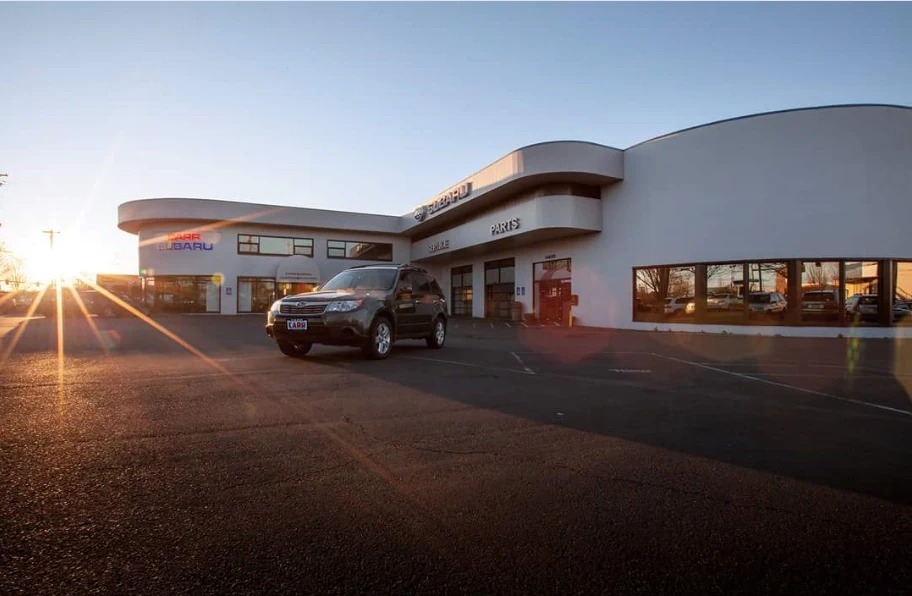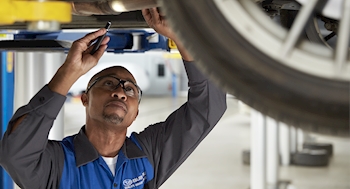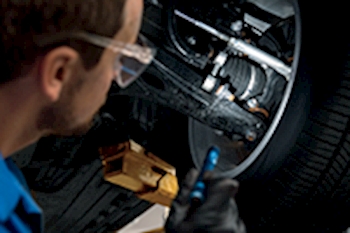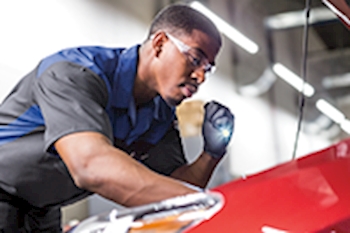Service Specials
Make your car shopping faster and easier
Sign in to our website to experience the best online shopping experience...
Never fill out a lead form....sign in and experience simple forms that are pre-populated with your information.
We will automatically do a valuation on your vehicle to use in your custom offers.
Effortless finance application with a pre-filled finance form.
Your Trusted Subaru Dealer in Beaverton, OR
If you're looking for your next vehicle, visit your premier new and used Subaru dealership in Beaverton, OR. We are dedicated to giving you outstanding customer service and a large assortment of premium cars to suit your needs. We can assist you whether you're looking for a dependable used car or a brand-new Subaru. With so many different brands and models in stock, you can be sure to discover the ideal vehicle for your needs and lifestyle. Your buying experience is our first priority, and we work to make it simpler and faster for you. Log in to our website to view our inventory, fill out forms that are already filled up with your details, and even receive an estimate for the value of your present car.
Not nearby Beaverton? No issue! In addition, we take great pride in serving our neighbors in Lake Oswego, Portland, Beaverton, Hazledale, and the surrounding metro area.
Brand New and Preowned Vehicles
Carr Subaru takes pleasure in providing our customers with an exceptional inventory of brand new Subaru models. We are sure that we have the ideal Subaru in stock for each and every one of our many customers. We offer alternatives to fit every taste and lifestyle, from the tough and adaptable Outback to the roomy and family-friendly Forester, the sporty and small Crosstrek, and the opulent and competent Ascent. Our experienced staff is prepared to help you choose the ideal Subaru that fits your needs and budget, whether you're shopping for a brand-new model or a dependable used car. Even if you aren't seeing what you're looking for, you can reserve the perfect Subaru for you online now! Come see why Carr Subaru is the preferred choice for Beaverton and surrounding areas' Subaru aficionados by visiting our showroom today.
We also have a large selection of preowned cars, trucks, and SUVs! Customers may discover the ideal vehicle to fit their requirements and budget from a wide selection of preowned cars, trucks, and SUVs. Carr Subaru provides an SUV that may suit any need, be it a flexible vehicle for family outings or a dependable sedan for everyday commuting!
Finance Your Next Vehicle
When it comes to purchasing a new or used vehicle, the Subaru purchasing and Finance Center at Carr Subaru is here to make the process simple and painless for our clients. No matter what your credit history is, our knowledgeable finance specialists can help you buy or lease a car. In order to provide tailored auto loans and Subaru leases, we collaborate with a number of local financing companies, making sure that we can provide you a reasonable rate. To get started, we suggest using our online loan payment calculator to better understand your budgeting alternatives and completing our secure online finance application to apply for funding.
Subaru Parts and Auto Service
Top-notch maintenance and repair services for Subaru cars are the focus of our service department. Customers can rely on their factory-trained experts to provide their Subaru with excellent care. Carr Subaru, however, offers maintenance services for vehicles from all major manufacturers in addition to their expertise with Subarus. Carr Subaru wants to make it simple for consumers to take care of all of their maintenance and repair requirements by offering convenient alternatives and longer hours. The knowledgeable specialists at Carr Subaru are equipped to handle any auto repair or maintenance need, including oil changes and brake repairs. Our dealership is the go-to shop for all your servicing requirements because to its more than 70 years of experience and stellar reputation for high-quality services. Is your engine light on? Schedule your next service appointment online with our pros today!





